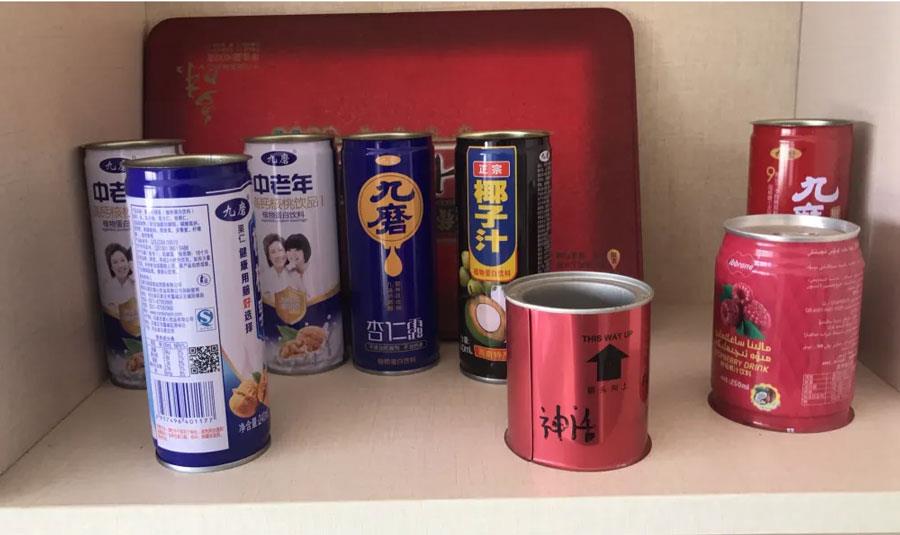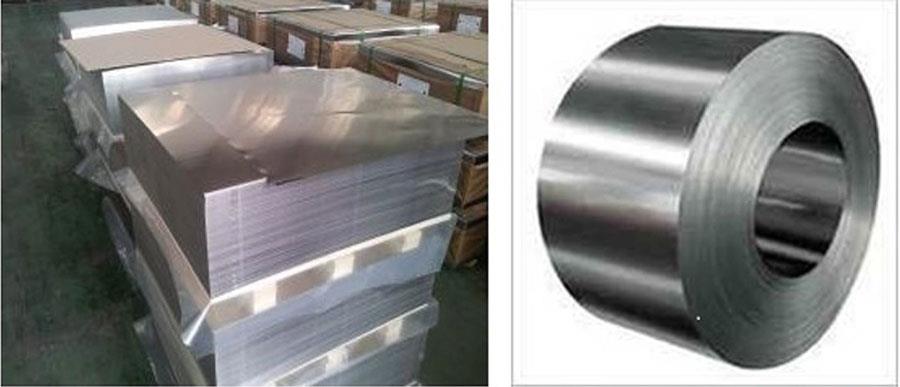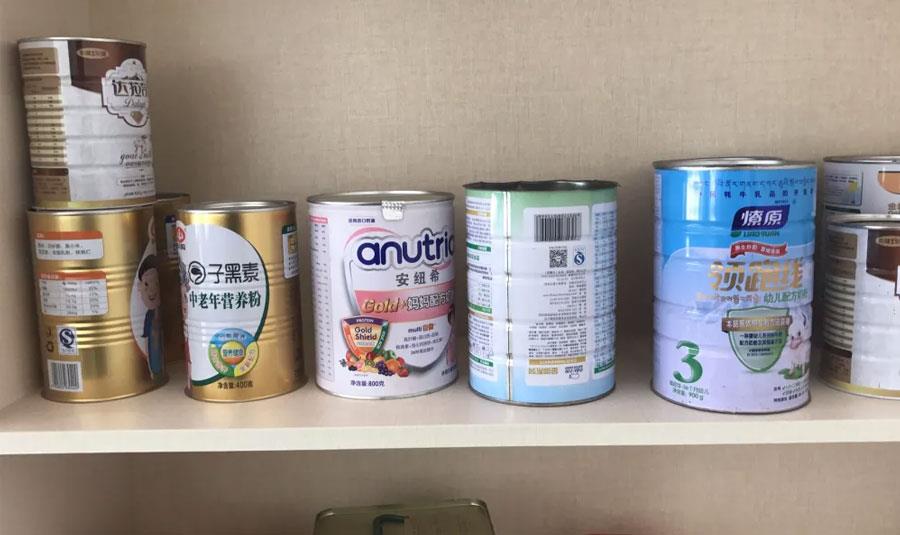
1.opacity
In addition to causing adverse reactions in food, light can also cause changes in proteins and amino acids.
However, when vitamin C is exposed to light, it is more likely to cause it to interact with other food ingredients, resulting in a large loss.
According to research and analysis, the loss of vitamin C in clear glass bottles is 14 times higher than that in dark bottles.
Light can also cause oxidative odor in milk, as well as cracking of nuclides and methionine to lose nutritional value.
The opacity of the tin can makes the preservation rate of vitamin C the highest.

2.good sealing
The barrier properties of packaging containers to air and other volatile gases are important for the preservation of nutrients and sensory qualities.
Comparing various juice packaging containers proves that the oxygen transmission rate of the container directly affects the browning of the juice and the preservation of vitamin C;
Metal cans with low oxygen transmission rate, glass bottles and aluminum foil, and carton have good preservation of vitamin C.
Among them, iron cans are best.

3.the reduction of tin
The tin on the inner wall of the tinplate acts on the oxygen remaining in the container during filling, reducing the chance of oxidation of the food ingredients.
The reduction of tin has a good preservation effect on the flavor and color of light-colored fruits and juices.
Therefore, the use of unpainted iron cans is better than the nutrition of other juices.
The browning is slight, the acceptance of the flavor quality is good, and the shelf life is thus extended.

←No Information
No Information→